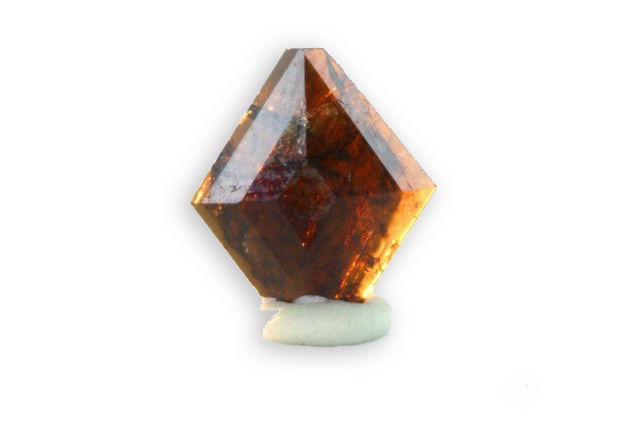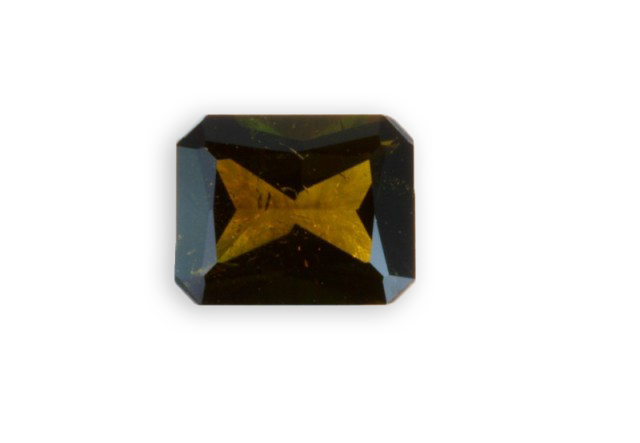
strong
Je vous emmène à travers mes vidéos découvrir mon expérience acquise depuis plus de 30 ans a silloner le globe entier à la recherche de pierres précieuses, de rencontre mémorables mais aussi de difficulté parfois …
actualités
Categories


marcasite
Identified in 1845 by von Raidinger, it was found being different from pyrite by René-Just Haüy in the early nineteenth century. Its name comes from either the Arabic or Moorish to signify that it has a metallic color yellow. This is an iron sulphide containing

kornerupine
Mineral honoring the young Danish geologist Andreas N. Kornerup (1857-1881) who discovered it in Greenland. Sometimes it can present a speckle of the type “cat eye”. Often brown and dark, beautiful yellow-green varieties are from Sri Lanka and it has now been discovered in emerald

heterosite
Its name comes from the Greek “hetero”, other, because on the same deposit it was the second mineral containing manganese to be discovered. It forms a group with purpurite, the iron pole of the phosphate is the heterosite and purpurite the manganiferous pole.

epidote
Its name comes from the Greek “epidosis” for generous, that lives largely, referring to its crystalline form, which is a juxtaposition of numerous slender prisms. Its former name, pistachite, was referring to its color. There are several varieties: The variety clinozoisite, is a dimorph of

dumortierite
Its name honors Eugene Dumortier, a paleontologist from Lyon (France )(1802-1873). It occurs most commonly as quartz inclusions, it is then called “blue aventurine”.



